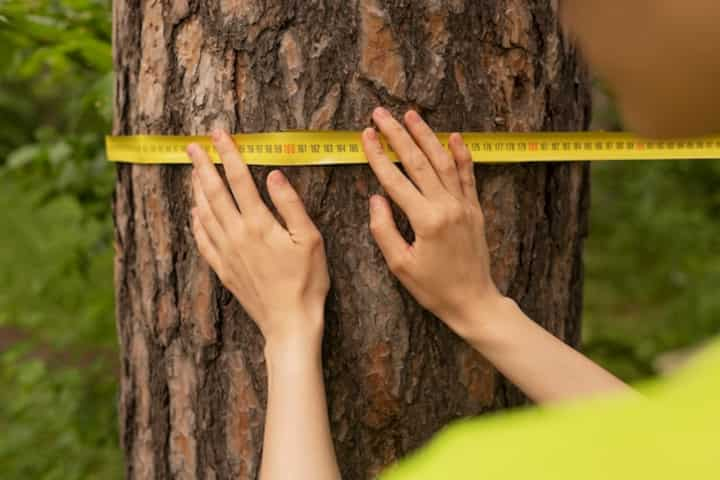
Professional Tree Movers Your Trusted Tree Transplanting Experts
Tree transplanting is a specialized service that involves moving trees from one location to another. This process is essential for various reasons, such as landscape redesign, construction projects, or preserving mature trees that hold significant ecological or sentimental value. Professional tree movers are the trusted experts who ensure the safe and successful relocation of trees, preserving their health and promoting sustainable landscaping practices.
What Is Tree Transplanting?
Tree transplanting is the process of digging up a tree from its original location and replanting it in a new site. This task requires careful planning and execution to minimize stress on the tree and promote its survival and growth. The reasons for tree transplanting vary, but the main objectives are to accommodate urban development, conserve heritage trees, or enhance landscape aesthetics.
Reasons for Tree Transplanting
- Urban Development: As cities expand, trees may need to be relocated to make way for new infrastructures.
- Landscape Redesign: Property owners may wish to move trees to improve the visual appeal or functionality of a landscape.
- Conservation Efforts: Trees of significant historical or ecological value can be preserved by relocating them to safer environments.
- Environmental Benefits: Transplanting trees can help maintain biodiversity and contribute to ecological balance.
The Tree Transplanting Process
Tree movers follow a meticulous process to ensure the successful transplantation of trees. This involves several key steps and the use of specialized equipment to manage the intricate task effectively.
Site Assessment
Before any transplanting begins, a thorough assessment of both the existing and new site is conducted. This includes understanding the soil conditions, climate, and space available for the tree to thrive. Read more about this topic here.
Tree Evaluation
The tree's health, size, and species are evaluated to determine the best transplanting approach. Certain species are more resilient to moving, while others require extra care. Explore further insights here.
Preparing the Tree
- Root Pruning: This involves trimming the roots to stimulate growth in the new location.
- Watering: Ensuring adequate hydration before and after the move to help the tree recover.
- Stabilizing: Using support systems to protect the tree during transport.
Transplanting and Aftercare
Once the tree has been prepared, it is carefully uprooted and transported to the new site. After replanting, ongoing care is crucial to ensure the tree adapts well to its new environment. Learn more in this detailed guide here.
Benefits of Hiring Professional Tree Movers
Engaging professional tree movers offers numerous advantages that contribute to the success of the transplanting process and the well-being of the trees.
- Expertise and Experience: Professionals possess the knowledge and skills necessary to handle complex transplanting tasks.
- Specialized Equipment: Access to machinery and tools designed for safe and efficient tree relocation.
- Time and Cost Efficiency: Professionals can complete the job quickly, reducing downtime and potential costs from errors.
- Safety: Ensures the safety of both the tree and surrounding structures during the move.
- Aftercare Services: Ongoing support to monitor the tree's health and provide necessary interventions.
Find additional information here about the role of professional tree movers in sustainable landscaping practices.
Conclusion
Tree transplanting is a significant undertaking that requires the expertise of professional tree movers. Their skills ensure the safe and successful relocation of trees, preserving their health and enhancing the landscape. By understanding the comprehensive process and benefits involved, individuals and organizations can make informed decisions when considering tree transplanting services. To explore this topic further, visit this page for more insights.